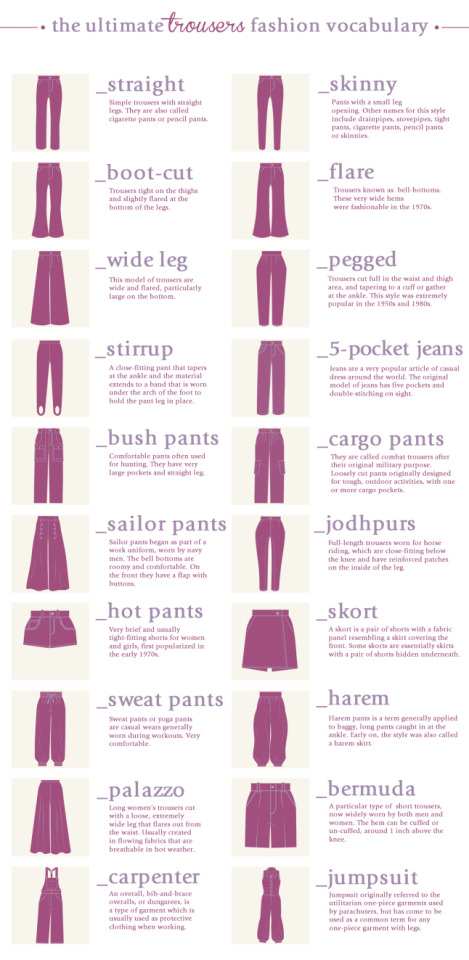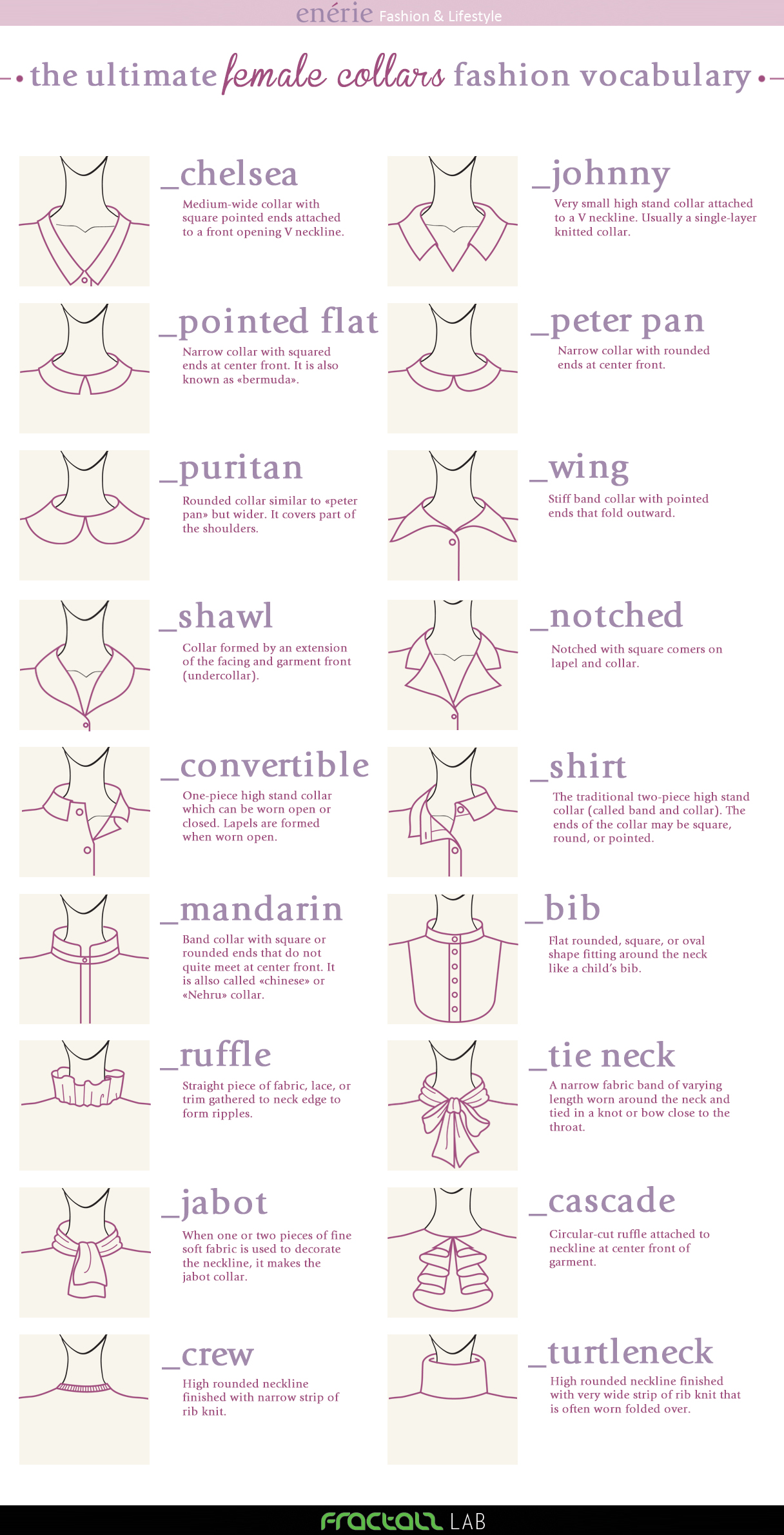

To support this, we can teach students to self-monitor for unknown words, and we can teach strategies for inferring their meanings.

Nancy Hennessy, in her book The Reading Comprehension Blueprint, calls this teaching style “incidentally-on-purpose” and I love the intentionalityĪs the demands for reading to learn increase, students will inevitably encounter new vocabulary in their independent reading. We don’t need to spend valuable instructional time on these words, but it is worth a brief explanation to help expand In contrast to words we teach deeply, we can teach many other words quickly by giving a synonym, a quick definition, or an example.

So, we must be intentional about the words we teach directly, the words students encounter incidentally, and the skills we teach It is impossible to directly teach all the vocabulary words that a student needs to learn in their academic career. But how do we know which words to teach our students? And what is the best way to teach these words? Choosing rich vocabularyįor instruction, preplanning vocabulary routines, and creating a vocabulary-rich classroom are all research-based ways to promote student vocabulary development. Once a student has learned the alphabetic code, their vocabulary knowledge is the strongest predictor of reading comprehension.


 0 kommentar(er)
0 kommentar(er)
